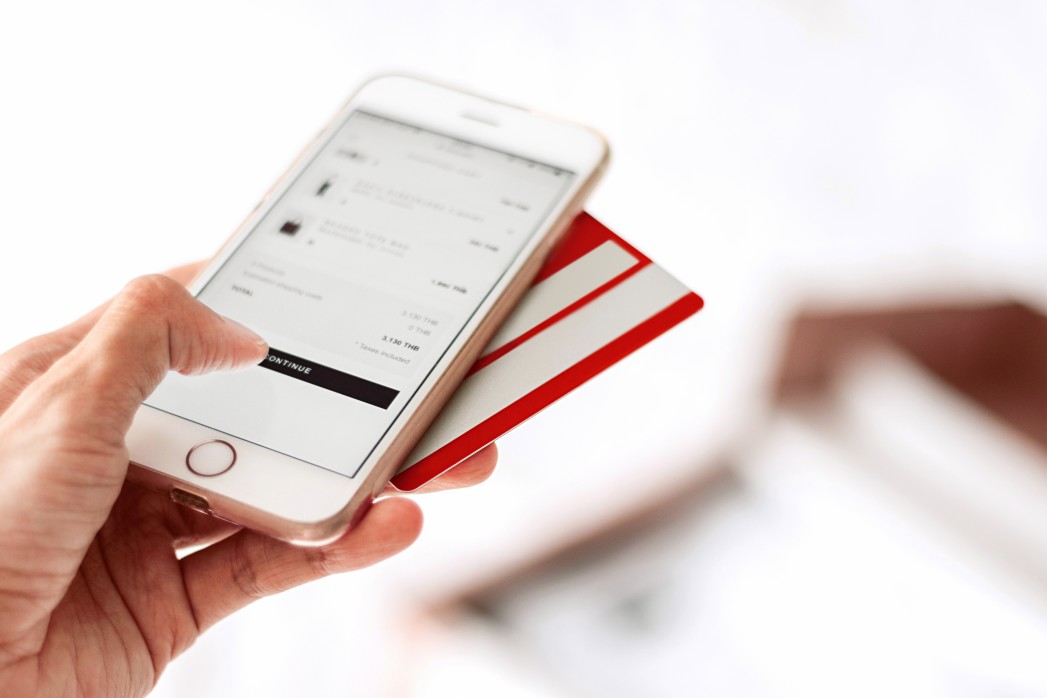When it comes to credit, you have two main types: Secured and Unsecured.
When it comes to the risks that these pose for both lenders and consumers, the two are very different.
Come with us as we explore the differences between secured credit and unsecured credit so that you can have a better understanding.
What Is Secured Credit?
Secured credit is any form of credit that uses a physical asset as collateral. In this sense, if a consumer ends up defaulting on a loan that is secured, the lender can recoup the loss by taking the consumer’s asset that they put up as collateral.
For example, if you decide to take out an automotive loan, the loan will be secured by the vehicle you took the loan out on. Remember, you don’t actually own the vehicle when you’re paying for it with a loan. The lender owns it. Until you finish paying off your debt, the lender has the ability to take your vehicle if you fail to meet the terms of the agreement. The process of taking back a vehicle on a defaulted loan is known as repossession.

In the same way, when you take a mortgage loan out, the mortgage loan is secured by the home. The lender is still the owner of the home until you finish paying off the loan. If you don’t end up paying your mortgage loan off, the bank can foreclose on your home, evict you from it, and sell it to the next person.
More often than not, credit cards are unsecured, though there are secured credit cards for people who cannot qualify for unsecured cards. Some reasons that a consumer may not be able to qualify for an unsecured credit card include lack of credit history or bad credit.
When you have a secured credit card, you make a security deposit. This security deposit becomes the collateral that counts toward your credit limit.
What Is Unsecured Credit?
Unsecured credit is credit that does not have a physical asset for collateral, meaning the lender is not able to take the asset back if you end up defaulting.
One of the best examples of unsecured credit is a student loan, as there isn’t a material asset the lender can take from you if you default. Credit cards are also often unsecured credit.
What’s The Major Impact Difference?
Credit scoring models often treat secured and unsecured accounts similarly. Whether your accounts are secured or unsecured does not make a difference when you are being penalized.
While a credit card is treated differently than an installment loan, for example, this is not because one is secured and another is unsecured.
Using Tradelines To Increase Your Credit Score
Now that you have a better understanding of secured vs unsecured accounts, you can make the right moves to boost your credit score. There are many ways to do so, but one of the best is purchasing authorized user tradelines.
When you are an authorized user, the tradelines you purchase go directly onto your credit history, offering you a potential increase in your credit score. Essentially, you are given the opportunity to obtain credit for other purchases from someone else’s positive history.
If you have any other questions regarding authorized user tradelines, make sure to get in touch with us here at Boost Credit 101!